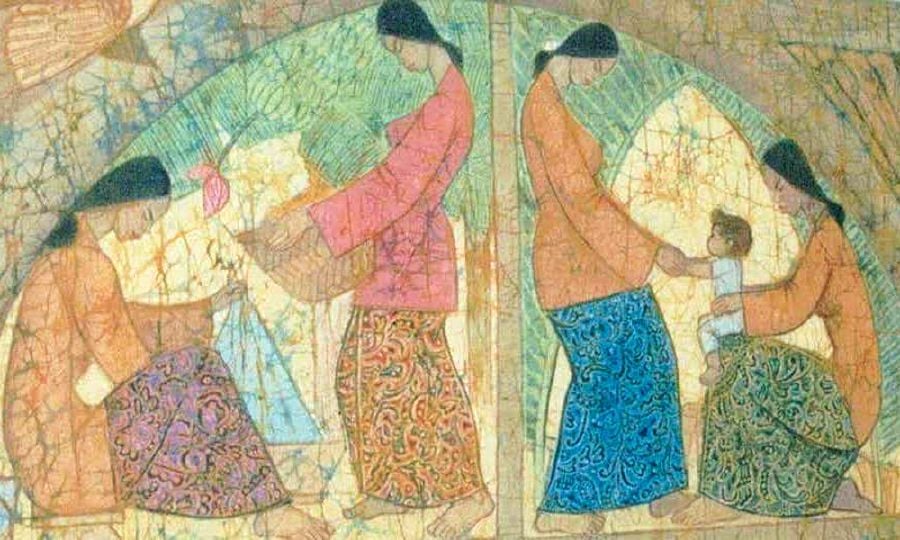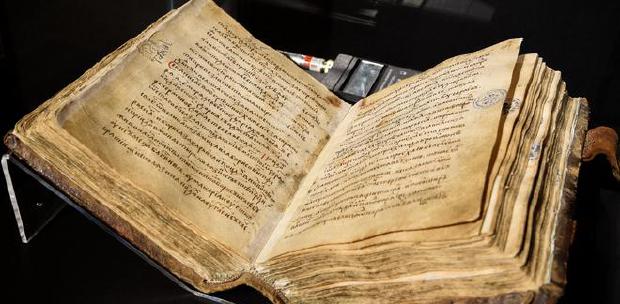Leiden University scholar S. Suryadi begins his book by introducing the recording industry in Indonesia.
His work is also about the history of technology in the Malay Archipelago. The author recalls the initial encounter by the peoples in the then Dutch East Indies to the phonograph and the replicated sound produced.
Early representation of local cultures using media technology first began in Java, after which such repertoires spread to ethnicities on the outer islands, including the Minangkabau in West Sumatra.
We find this in his Audible Locality: The Recording Industry in Indonesia and its Approach to Minangkabau Music and Oral Tradition published in 2020 by the Institute of Ethnic Studies, Universiti Kebangsaan Malaysia.
In the 19th century, the phonograph was a new invention. Sound recording technology in Asia, applicable to other modern media invented during that period, went through several phases of adoption. We initially see the phase of exhibitions, popular in Europe for showcasing inventions and technologies in the aftermath of the industrial revolution.
In the second phase, Suryadi tells us of the purchase of sound playback machines and records, which became objects of prestige and status. And in the third phase, European and American recording companies appointed local agents in Asian cities, and established local recording facilities, usually in collaboration with local entrepreneurs.
Europe and later societies in the Malay Archipelago were to be impressed, allowing them "to store up and reproduce sounds. Although the talking machines were at that time only accessible to the colony's white ruling class, the belief systems of the indigenous peoples ultimately influenced their acceptance of the invention.
We find that reproduction of sound was associated with magic and the supernatural rather than with rationality and science. Significantly, it was described that "acoustic technologies like phonography and telephony derived part of their meaning from 19th-century European spiritualism.
There was amazement in places like Batavia, Cirebon and Surabaya. Sound can be immortalised. The indigenous encounter with the talking machine was complex.
Suryadi argues that increasing consumption of the talking machine in the Netherlands East Indies during the late colonial period gave a positive impulse to local music. The recording technology stimulated fusion, stylistic borrowing and localisation in music.
The penetration of records (and radio broadcasting) played an important role in the development of musical culture in the Indies, shaping the foundation of regional recording industries in Indonesia in the late 1960s.
After 1895, the peoples of Java began to anticipate the next innovation. The "talking machine" was no longer something strange. Suryadi finds that advertisements in local newspapers played an important role in the promotion of the talking machine.
It offered consumers the opportunity to purchase a gramophone for home entertainment from the Edison Company or the several competitors. Advertising created a market. The vernacular press provided the support system beginning in the first decade of the 1900s. The talking machines then turned into a luxury good "affordable for European, Eurasian (Indo), Chinese, Arab, and Indonesia Native upper-class families".
The marketing of the novelty however remained concentrated in Java. Surabaya was the first city to compete with Batavia in offering the phonograph for sale. By the first decade of the 1900s. the talking machine and records had spread to the Javanese countryside. Quran recordings were played.
Suryadi raises the phenomenon of the commodification of the talking machines. Their sounds gave rise to problems. The concern was on questions about culture, religious beliefs and identity. It led to new perceptions on culture and of consciousness about authenticity.
Gramaphone recordings were associated with the idea of modernity. The debate between those oriented toward "Western modern culture" and proponents of "indigenous culture" sharpened in the late 1930s and early 1940s. The talking machine enables indigenous sounds to be produced and reproduced, another way to hear and appreciate music.
This led to new modes of distribution, dissemination, storage and appreciation of music in the Indies. Geographically local (Javanese) music subsequently expanded to include the Minangkabau region in West Sumatra.
Suryadi, born in Pariaman, West Sumatra in 1965, is a familiar face in Malaysian academic circles. The Minangkabau recording industry, started by the perantaus through the Orkes Gumarang in 1953, Jakarta, in turn invaded the Malayan/Malaysian airwaves in the 1950s and 1960s with sounds from the likes of Elly Kassim and Oslan Hussein.
The writer is professor of social and intellectual history, International Institute of Islamic Thought and Civilisation, International Islamic University Malaysia
The views expressed in this article are the author's own and do not necessarily reflect those of the New Straits Times





